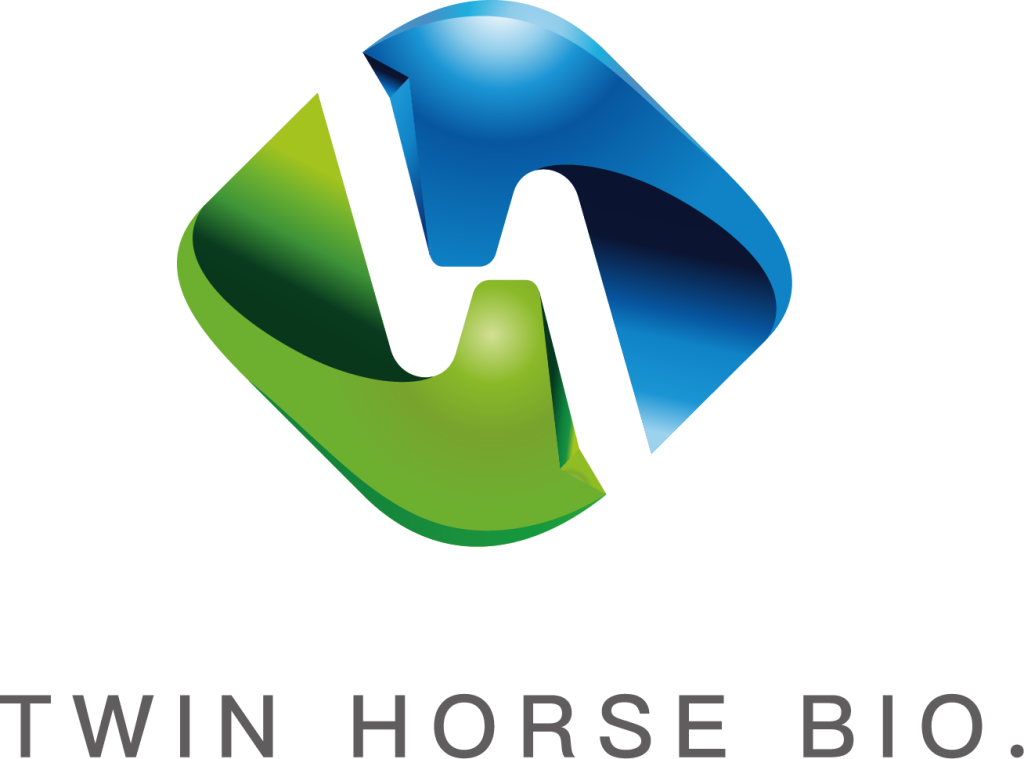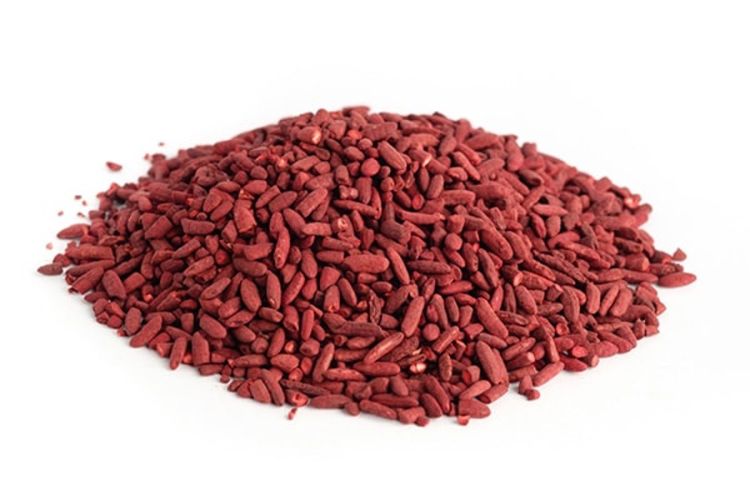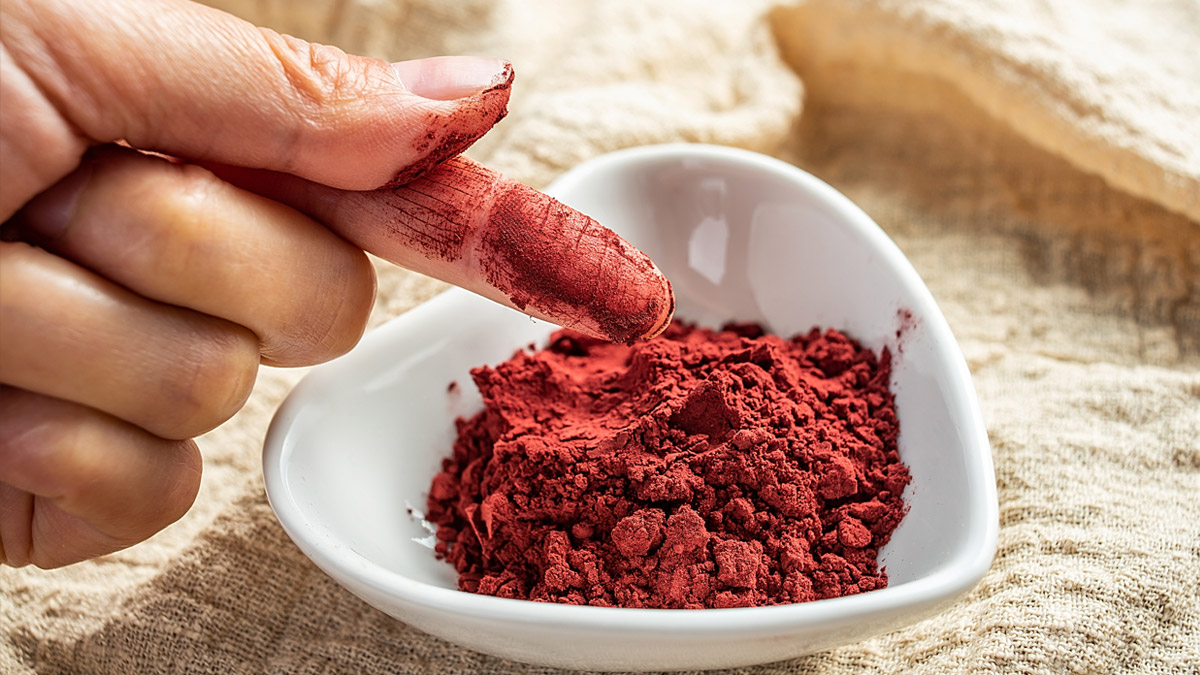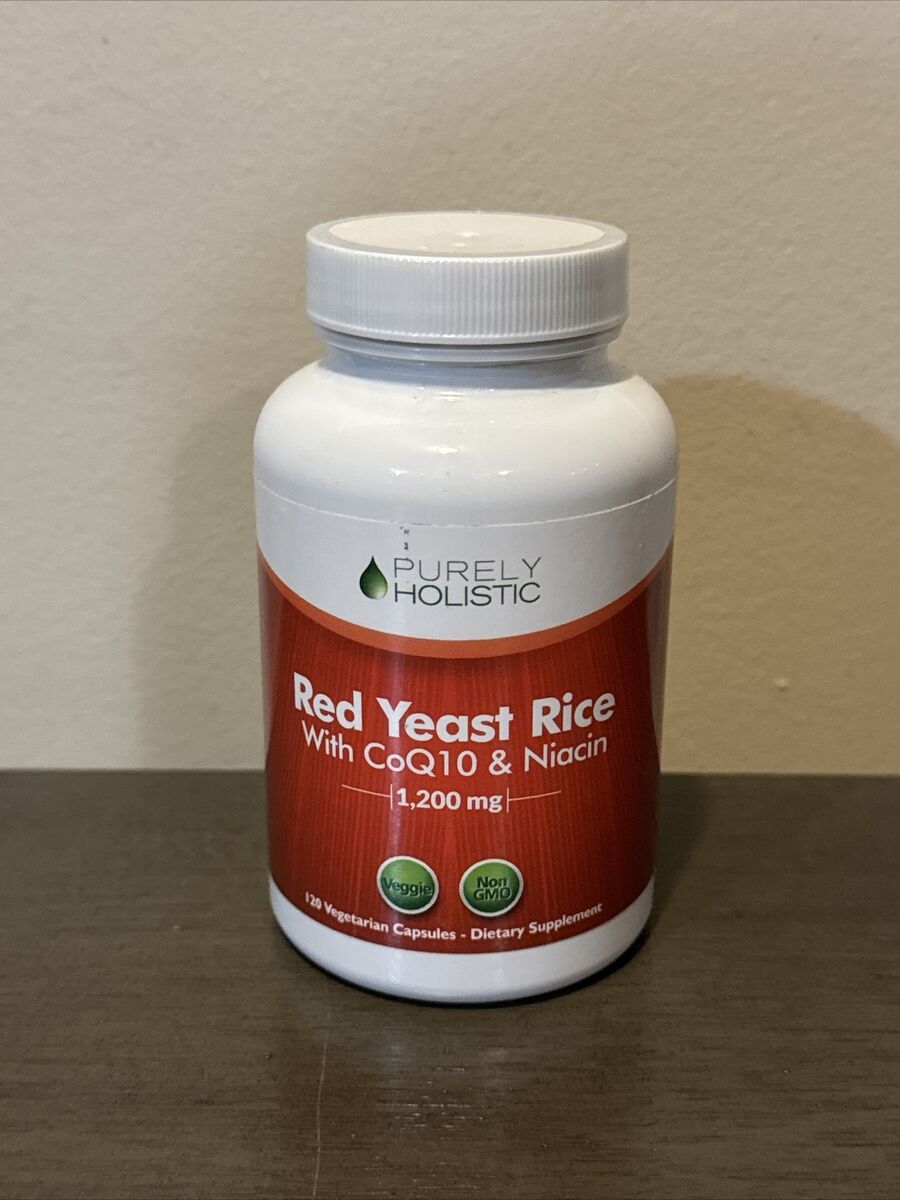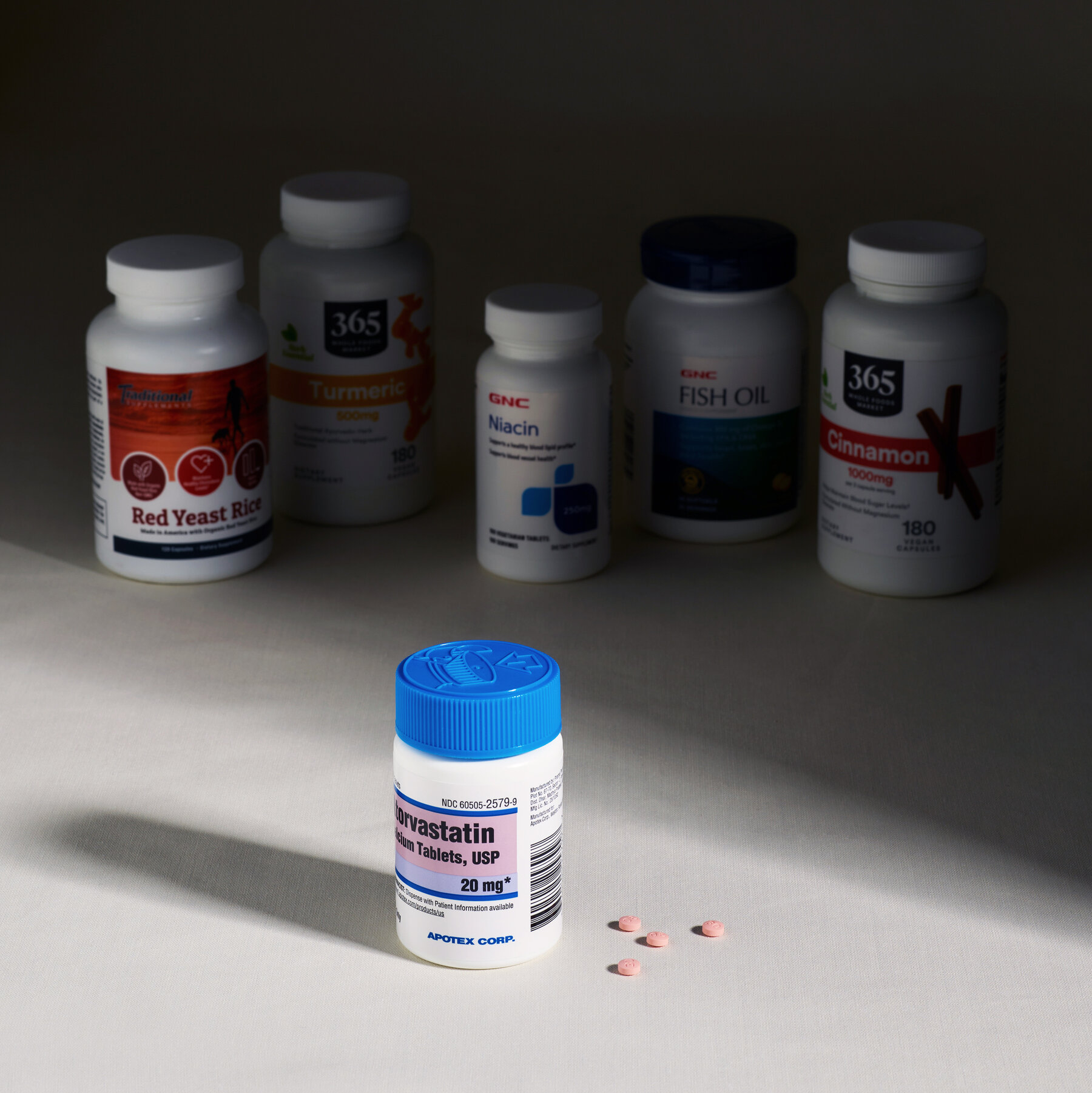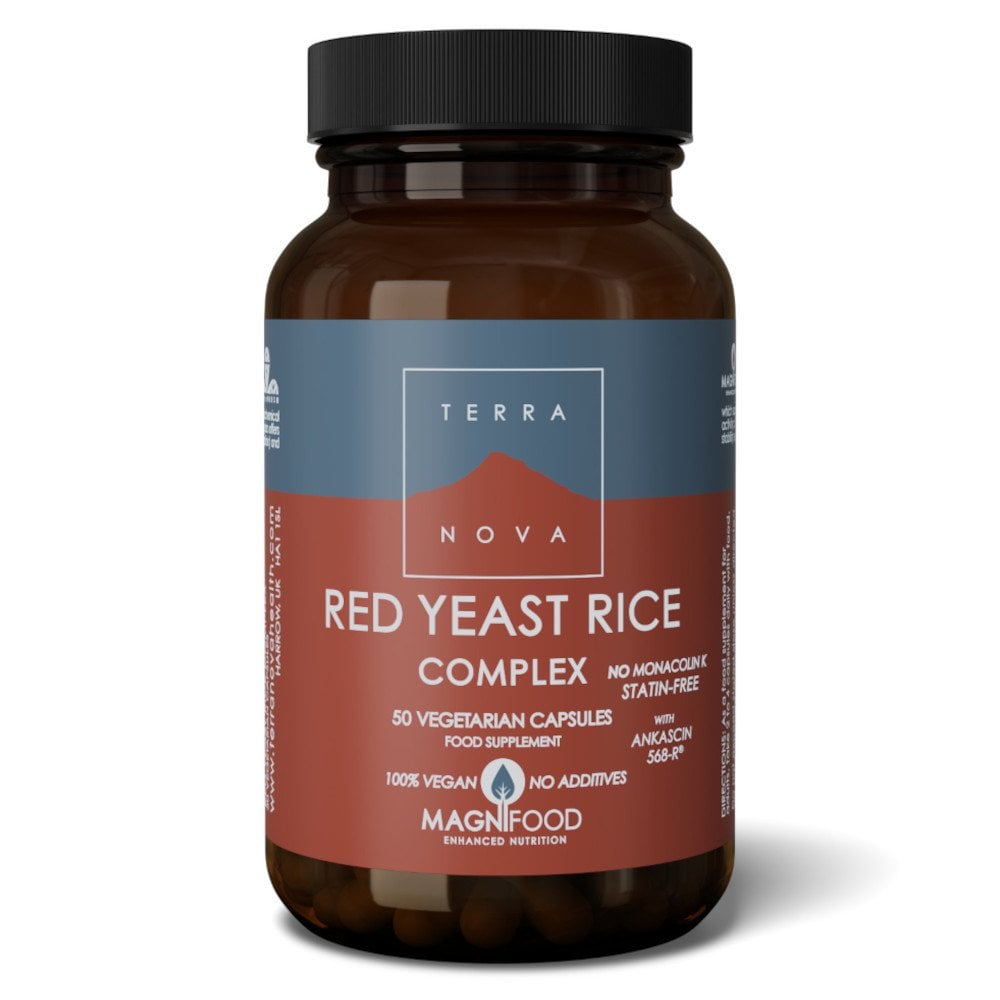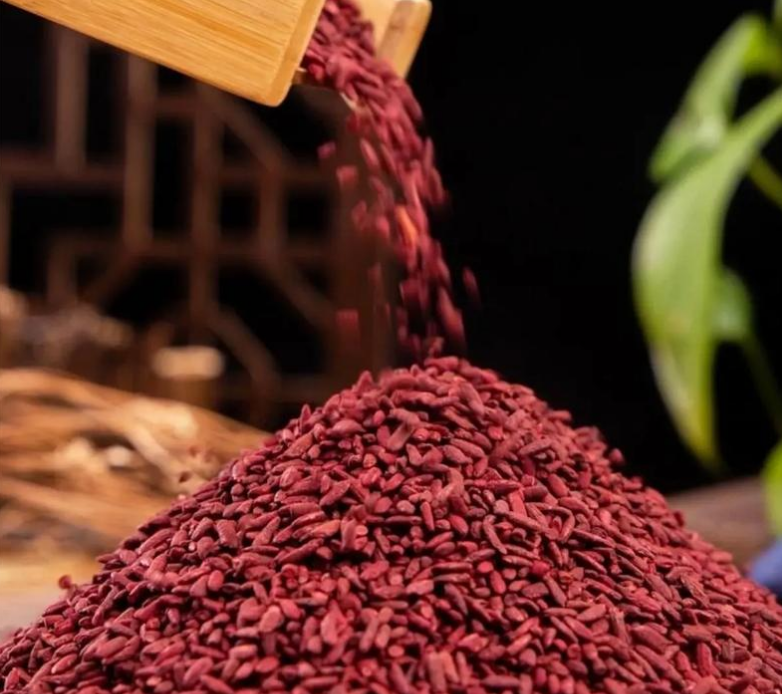Red yeast rice, or 红曲米 (Hóng Qū Mǐ), is fermented rice with Monascus purpureus mold, containing 0.2–2% Monacolin K, a cholesterol-lowering compound. It’s used in cooking, requiring 20 grams per kilogram of sausage for color or 1 kg for 10 liters of red rice wine, symbolizing prosperity in Chinese culture.
Origin
First grown during the Tang Dynasty (618–907 AD), it was a fermented product of rice inoculated with Monascus purpureus, a mold that usually gives red color. Records show that by the Song Dynasty (960–1279 AD), red yeast rice had already become a staple in Chinese culinary and medicinal traditions. Traditional production relies on fermentation in the most natural, non-controlled conditions; it needed 5 to 7 days to have the needed quality. Under modern means of production, using control fermenting rooms, producing good-quality products has gone down to 3-4 days. This red rice is used widely in feasts and celebration dishes for their special flavor and color-for instance, the red rice wine and the red cooked pork.
For example, red rice wine, traditionally made by mixing 8 kg of rice with 1 kg of red yeast rice and fermented for about 30 days at 25–30°C, results in 10 liters. The wine prepared is deep red and contains an alcohol content of 10–15%, hence being used in celebratory events. Indeed, studies evidence that red rice yeast has Monacolin K or the active ingredient of statins in its composition that is included into some low-cholesterol treatments. Thus, 600 mg of this extract include up to 10mg of Monacolin К, which successfully lowers LDL bad cholesterol by 20-30% during three months of treatment.
Compared to statins, a class of pharmaceutical drugs that sell for $30–50 per month, red yeast rice supplements are available at roughly $15–25 per month, a cost-effective alternative with fewer reported side effects.
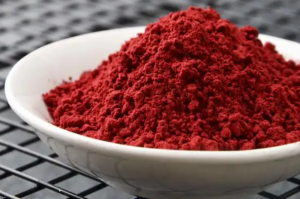
Production Process
The preparation of red yeast rice or 红曲米 (Hóng Qū Mǐ) involves taking a variety of rice according to the type of desired product. Traditionally, families prepared red yeast rice by steaming about 5 kg of rice in one batch, cooling it to about 30°C, and then mixing it with 500 grams of Monascus purpureus mold. This would be followed by fermentation, which lasted 5–7 days in an environment with controlled temperatures from 25°C to 30°C to ensure that there was optimum mold growth along with the development of its typical red pigment. Through traditional means, about 4.5 kg of red yeast rice was yielded with as high as 90% fermentation efficiency.
Presently, industrial producers employ automated fermenters that could handle up to 1,000 kg of rice in one batch. The fermentation time has been brought down to only 3–4 days with the yield of 950–980 kg per ton of rice. This not only increased efficiency by 30% compared to the previous traditional methods but also reduced the production cost by about 25%, from $12 to $9 per kilogram, and made it more accessible for the global market.
Traditional techniques normally provide 0.2-0.8% Monacolin K, and the optimized industrial parameters can regularly produce red yeast rice containing 1.5-2% of this compound. For example, in producing one ton of high-content Monacolin K red yeast rice, it is necessary to strictly control pH value within 5.5-6.5 and humidity between 65-75%.
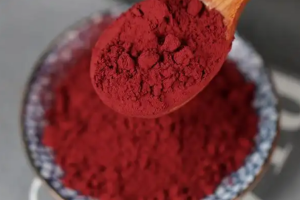
Cultural Usage
红曲米 (Hóng Qū Mǐ) is a very important ingredient in Chinese cuisine and culture, its use tracing back more than 1,000 years. It is used in many traditional dishes, such as 红烧肉 (red-cooked pork) and 糯米酒 (glutinous rice wine), where it adds not only a rich red color but also a distinctive umami flavor. For instance, 100 g of red yeast rice added per 5 kg of red-cooked pork creates a brilliant color, further enhancing the attractiveness of this delicacy.
In manufacturing traditional Chinese sausages, such as 腊肠 or lap cheong for instance, red yeast rice was used as a natural coloring. A standard recipe calls for 20 grams of red yeast rice per kilogram of sausage mixture, adding a nice reddish tint, giving good appearance without using artificial dye. Commercial production of lap cheong may go up to 500 kgs of red yeast rice per year in medium sized factories, thus showing the value of the product within the meat processing industry.
The beverage industry also relies on red yeast rice, mainly in the production of red rice wine. In traditional brewing, about 1 kg of red yeast rice is used for every 8 liters of wine produced, yielding a deep-red liquid with an alcohol content of 10–15%. Now, the production of red rice wine has gone beyond small-scale and into industrial brewers who brew over 10 million liters yearly.
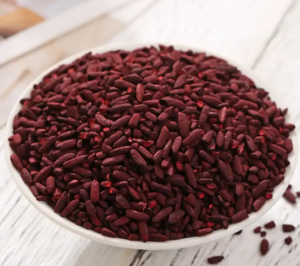
Health Significance
One of its main active ingredients is Monacolin K, which is chemically identical to the active ingredient in certain cholesterol-lowering drugs such as lovastatin. Studies in clinics have demonstrated that 600 mg to 2,400 mg of red yeast rice taken daily can reduce LDL cholesterol by 20-30% within a 12-week period. For example, for a patient whose starting LDL is 160 mg/dL, it could be reduced to a range of 112-128 mg/dL after continuous intake, thus proving its efficacy as a natural supplement.
Apart from cholesterol reduction, red yeast rice is believed to enhance blood circulation and reduce inflammation. Traditional Chinese medicine prescribes it in dosages of 5–10 grams daily as part of a balanced diet to promote overall heart health. Modern formulations like capsules and powders standardize Monacolin K content to 1–2%, ensuring consistent results. As such, red yeast rice supplements are more affordable, within the range of $15-25 per month, in comparison to prescription statins, which may cost between $30-50 per month.
A 2019 study found that patients who received 1,200 mg/day of red yeast rice had a 10–15% reduction in triglycerides within three months. Thus, for a patient whose triglyceride levels were at 200 mg/dL, there was a decline to 170–180 mg/dL, thus improving overall lipid profiles.
Active Compounds
Red yeast rice has been reported that Monacolin K in red yeast rice ranges from 0.2% to 2.0%, depending on the fermentation process. For instance, a 600 mg dose of red yeast rice with 1% Monacolin K will contain 6 mg of the compound, which should be active enough to cause a 20–30% reduction in LDL cholesterol within three months and act as a natural alternative to synthetic statins.
Besides Monacolin K, the extract of red yeast rice is composed of unsaturated fatty acids. Of those, such as linoleic acid, are found in 5–7% of the total composition of the product, adding further triglyceride reductions with improved overall lipid parameters. A daily ingestion of 1,200 mg red yeast rice was reported to decrease triglycerides by 10–15% after just 12 weeks of therapy.
Other active ingredients in red yeast rice include the pigments, mainly monascin and ankaflavin. These pigments are also anti-inflammatory and antioxidants. Research has also shown that monascin and ankaflavin reduce oxidative stress markers by up to 25% in metabolic syndrome patients. The daily dose of 1,000 mg of red yeast rice with 0.5% pigments would be adequate for all the above-mentioned benefits, supporting general health metabolism and reducing the risk of chronic diseases associated with inflammation and oxidative damage.
Medicinal Application
红曲米 (Hóng Qū Mǐ) has been in use for many years in traditional Chinese medicine, mainly for its cardiovascular health-supportive effects. Clinical trials have demonstrated that a daily intake of 600 mg to 2,400 mg of red yeast rice can reduce LDL cholesterol by 20–30% within three months. For example, LDL of 160 mg/dL may be lowered, as low as 112–128 mg/dL, thus minimizing the chance of developing cardiovascular diseases in a big way.
The studies showed that red yeast rice taken at 1,200 mg per day for a period of 12 weeks results in a reduction in levels of triglycerides in the range of 10–15%. That is, a person having a triglyceride level of 200 mg/dL might be reduced to 170–180 mg/dL.
In the case of red yeast rice, besides lipid-lowering effects, anti-inflammatory effects also arise; 1,000 mg per day of RYR can reduce markers of inflammation, such as CRP, by as much as 25% after three months. Taking a person who had, let’s say, an elevated starting CRP level of 4 mg/L, reduction to 3 mg/L or less may be anticipated, reflecting a decrease in his systemic inflammation.
Culinary Role
红曲米 (Hóng Qū Mǐ) is one of the most important ingredients in traditional Chinese cuisine, not only for its flavor but also for its natural coloring. It is prepared in dishes like red-cooked pork, where for every 5 kilograms of meat, there is a need for 100 grams of red yeast rice.
Red yeast rice during preparation usually serves as an essential ingredient conventionally in the preparation of several types of Chinese sausages, such as lap cheong. In most cases, 20 grams of red yeast rice are added per kilogram of sausage mixture to achieve that attractive reddish color naturally because many people detest artificial dyes.
It is one of the vital ingredients in brewing red rice wine, which is one of the traditional drinks that dates back several generations. Usually, brewers use about 1 kg of red yeast rice in fermenting 10 liters of red rice wine, due to which the wine gets such an overwhelming color and distinctive taste. Fermentation at a regulated temperature of 25-30°C takes 30 days, and the produced red rice wine contains about 10-15% of alcohol.
